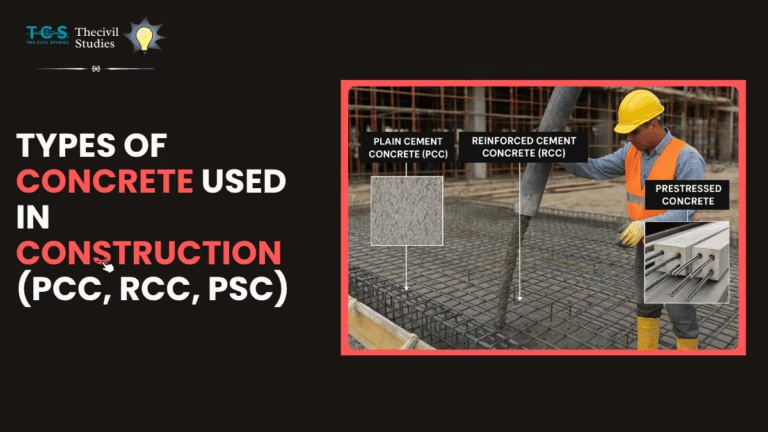
Future of Construction: AI, 3D Printing & Green Tech
The Evolution of Construction: What’s Next?
The construction industry is undergoing a technological revolution. From AI-driven project management to 3D-printed buildings, the future of construction is more efficient, sustainable, and cost-effective than ever before. But how exactly are these advancements shaping the industry?
1. AI and Machine Learning: Automating Construction for Efficiency
Artificial Intelligence (AI)1 is transforming the way construction projects are planned and executed. AI-powered predictive analytics help in reducing project delays and budget overruns.

Key Impact of AI in Construction:
- AI-driven scheduling reduces project delays by up to 20% (McKinsey, 2023).
- Machine learning algorithms analyze risks, preventing cost overruns by 30%.
- Automated drones and robots can perform site inspections 10x faster than human teams.
AI & Automation Adoption in Construction (2020-2025)
2. 3D Printing – Faster, Cheaper, and Sustainable Construction
3D printing is no longer futuristic; it’s happening now. Companies like ICON and Apis Cor have already built fully functional 3D-printed homes at a fraction of traditional costs.
Advantages of 3D Printing in Construction:
- Reduces material waste by 60%, making construction more sustainable.
- Can build houses in 24 hours, compared to weeks in traditional methods.
- Costs 30-50% less than conventional construction (World Economic Forum, 2024).
No Posts Found
3. Green Building Materials and Net-Zero Construction
Sustainability is no longer an option—it’s a necessity. Governments and developers are increasingly investing in green construction materials like self-healing concrete, hempcrete, and carbon-negative bricks to reduce environmental impact. A prime example of this shift is the growing adoption of Net-Zero Energy Buildings, which utilize energy-efficient materials and renewable energy sources to minimize carbon footprints.
Sustainability Trends in 2025:
- Net-zero buildings are expected to grow by 15% annually (Harvard Business Review, 2024).
- Recycled materials now make up 25% of modern structures.
- Smart HVAC systems powered by AI reduce energy consumption by 40%.
4. Modular and Prefabricated Construction: The New Normal?
Prefabricated buildings are gaining popularity due to their speed and efficiency. Companies like Katerra and Blokable are revolutionizing affordable housing with modular designs. This approach not only reduces construction time but also minimizes waste and labor costs. Learn more about the types and applications of modular construction and how it is shaping the future of sustainable development.
Why Modular Construction is Booming:
- Reduces construction time by 50%.
- 80% less waste compared to traditional methods.
- Safer working environments due to off-site construction.
5. Digital Twins: The Smart Construction Revolution
A Digital Twin is a virtual replica of a physical building that helps in predictive maintenance and efficiency.
Benefits of Digital Twins:
- Saves up to 35% on maintenance costs.
- Allows real-time monitoring of infrastructure health.
- Major cities like Singapore and Dubai are already using Digital Twin technology.

Why These Innovations Matter
The future of construction isn’t just about speed or cost—it’s about efficiency, sustainability, and safety. These innovations will:
- Reduce project costs by 30-50%.
- Lower carbon footprint and construction waste.
- Speed up urban development with AI and robotics.
What’s Next? Your Role in the Future of Construction
As the industry evolves, staying ahead of these trends is crucial. Are you ready to adapt? Share your thoughts in the comments below!
📢 Want to stay updated on construction innovations? Subscribe to our newsletter for the latest insights!







